IN THE ABSENCE OF MEMORY - THE BRAIN MACHINE
Thesis
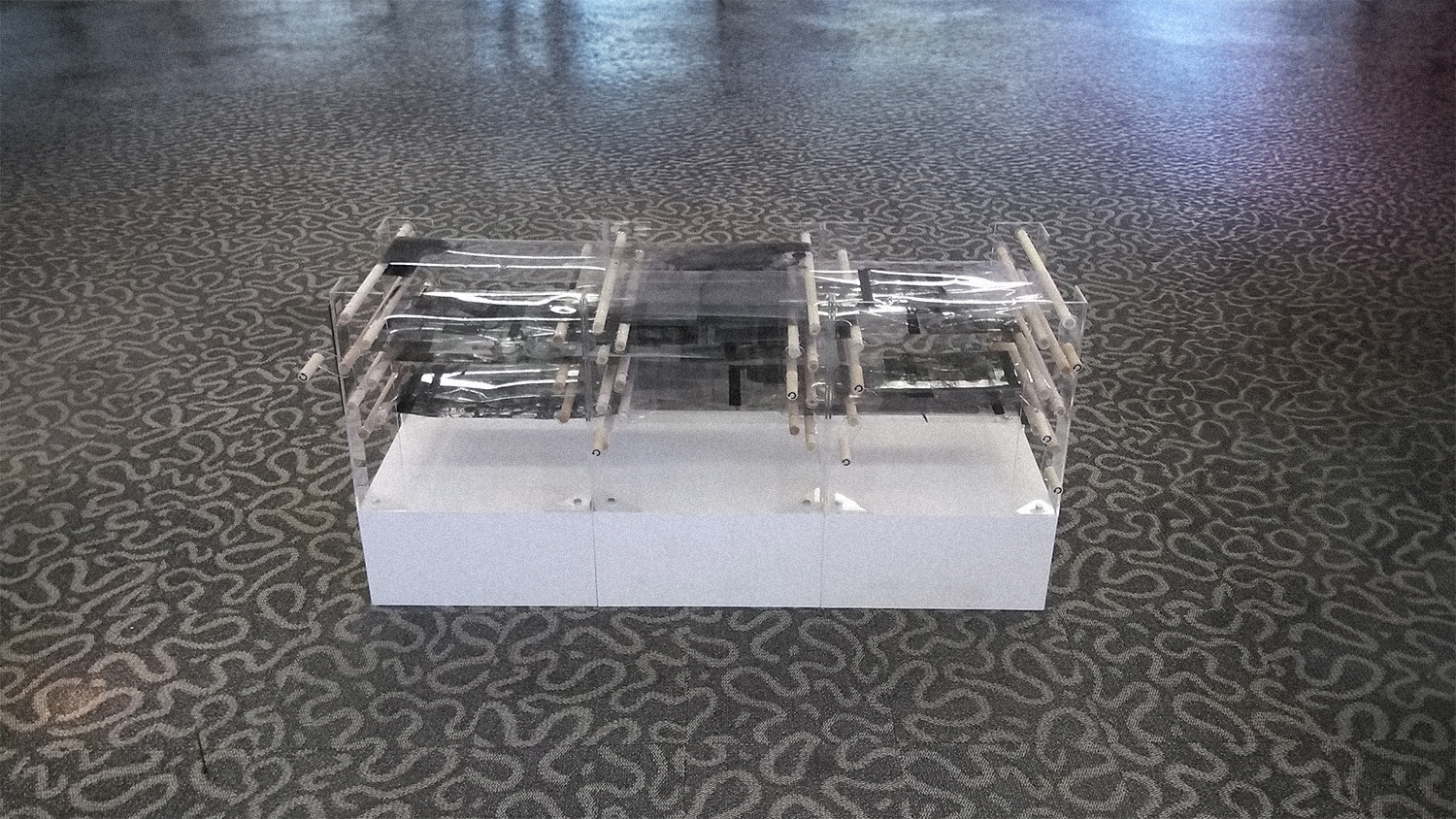
INTRODUCTION
Memories are fluid, shifting with each recall, adapting to the present moment. I explore this evolution by transforming memories into tangible forms, offering visual insight into their constant reinvention. Using interactive explorations, I reinterpret historical data from the Dominican Republic, generating fresh perspectives with each iteration.
My thesis immerses viewers in the Dominican Republic's historical context, delving into its postcolonial narrative. Traditional approaches to commemorating events inspired me to create an interactive piece that keeps memories alive through engagement. The final artwork, shaped like a coffin, invites participants to configure strips containing action words, symbolizing the connection between physical and spiritual realms.
As users interact with the piece, it gradually deteriorates, mirroring the historical exploitation of Latin America's resources. It translates national history into a tangible structure, focusing on the Dominican Republic's narrative. The acetate strips represent ephemeral moments undergoing the brain's recollection process, inducing defamiliarization and eventual fading, echoing the forgotten aspects of memory. This piece contributes to the tradition of memory work in Latin American art, highlighting the monumentalization of loss.
INTRODUCTION
Memories are fluid, shifting with each recall, adapting to the present moment. I explore this evolution by transforming memories into tangible forms, offering visual insight into their constant reinvention. Using interactive explorations, I reinterpret historical data from the Dominican Republic, generating fresh perspectives with each iteration.
My thesis immerses viewers in the Dominican Republic's historical context, delving into its postcolonial narrative. Traditional approaches to commemorating events inspired me to create an interactive piece that keeps memories alive through engagement. The final artwork, shaped like a coffin, invites participants to configure strips containing action words, symbolizing the connection between physical and spiritual realms.
As users interact with the piece, it gradually deteriorates, mirroring the historical exploitation of Latin America's resources. It translates national history into a tangible structure, focusing on the Dominican Republic's narrative. The acetate strips represent ephemeral moments undergoing the brain's recollection process, inducing defamiliarization and eventual fading, echoing the forgotten aspects of memory. This piece contributes to the tradition of memory work in Latin American art, highlighting the monumentalization of loss.

PROCESS STAGES:
BUILDING & RESEARCH
Exploring forms and techniques that evoke both finality and remembrance.






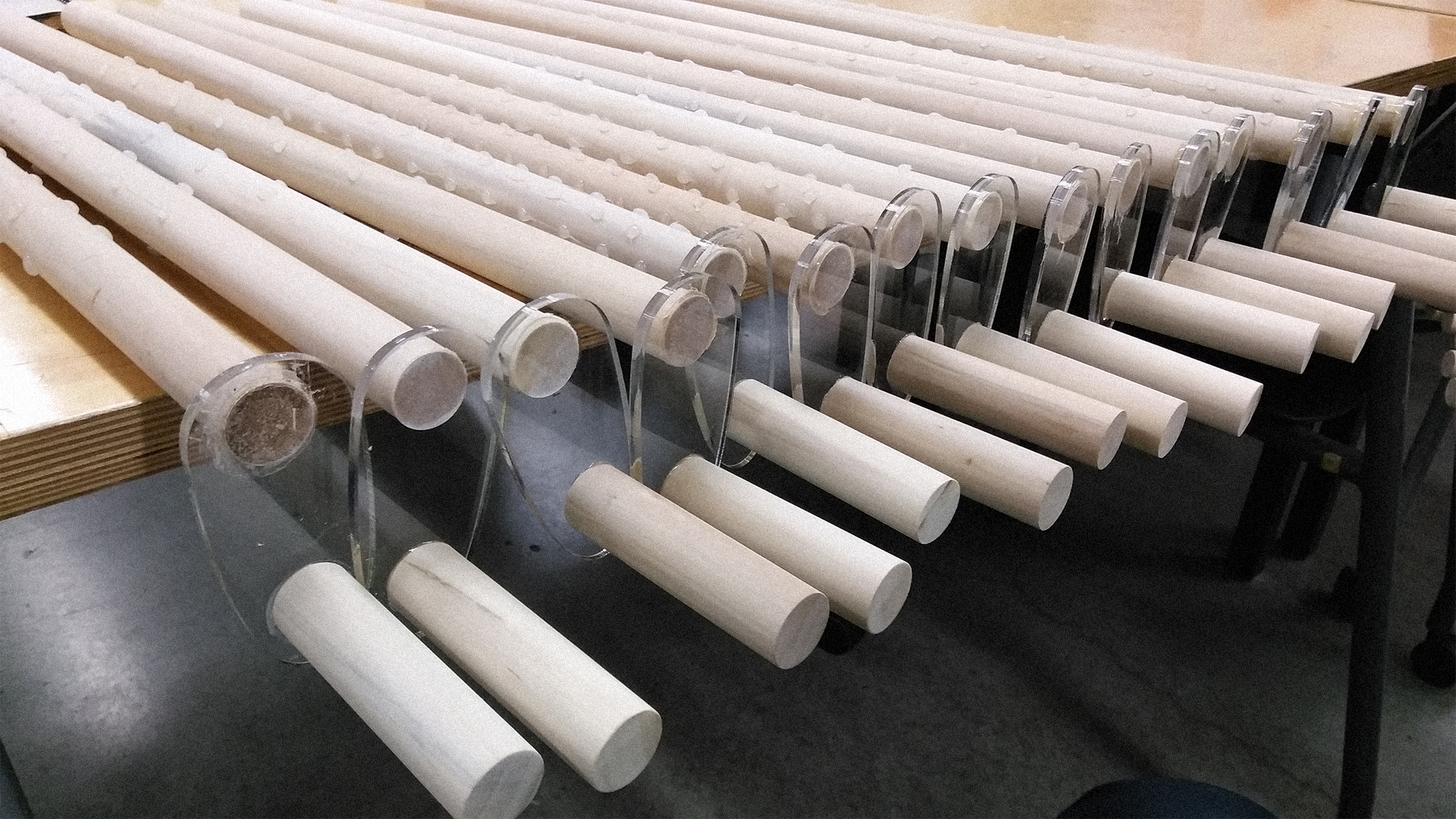
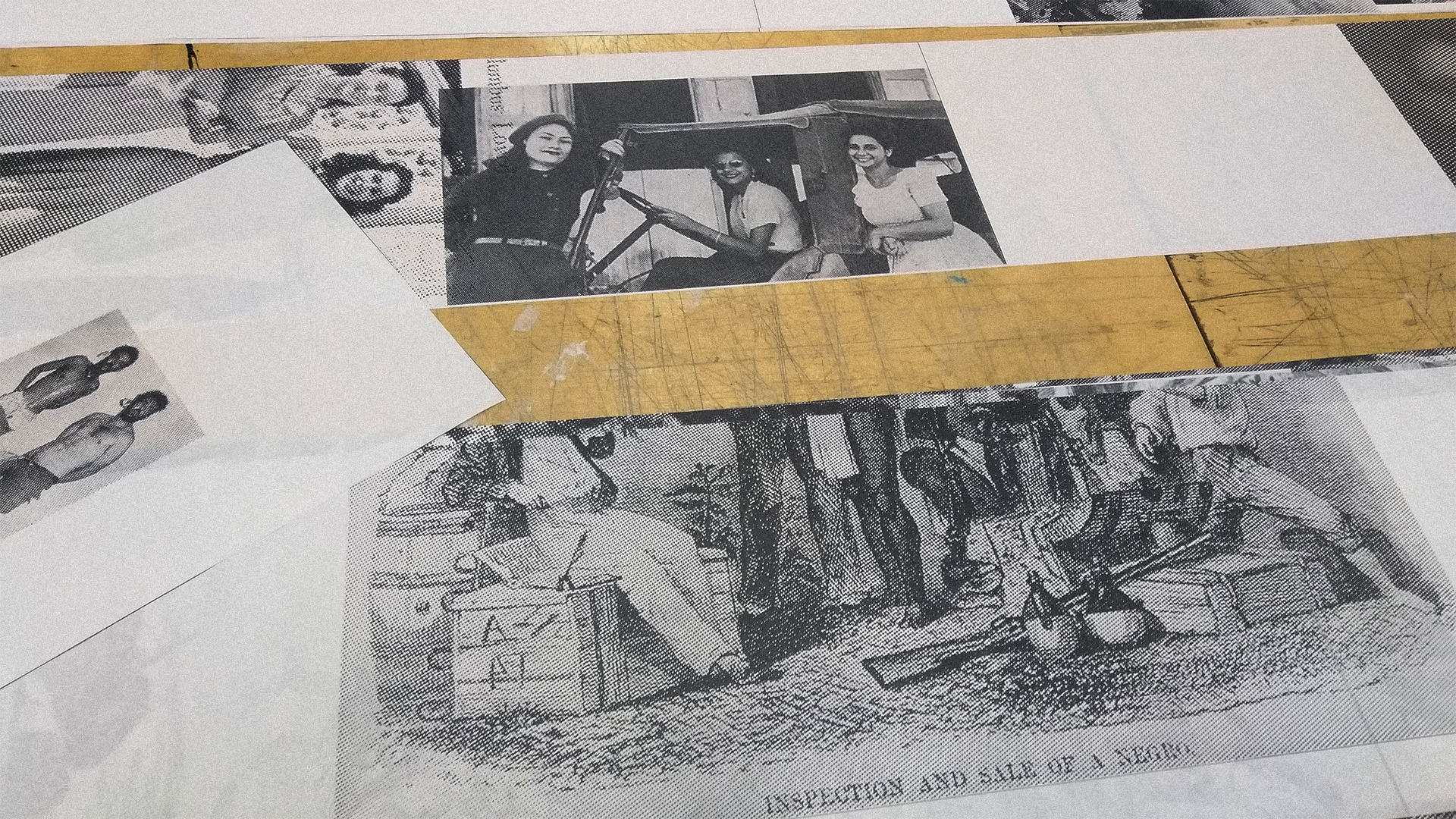




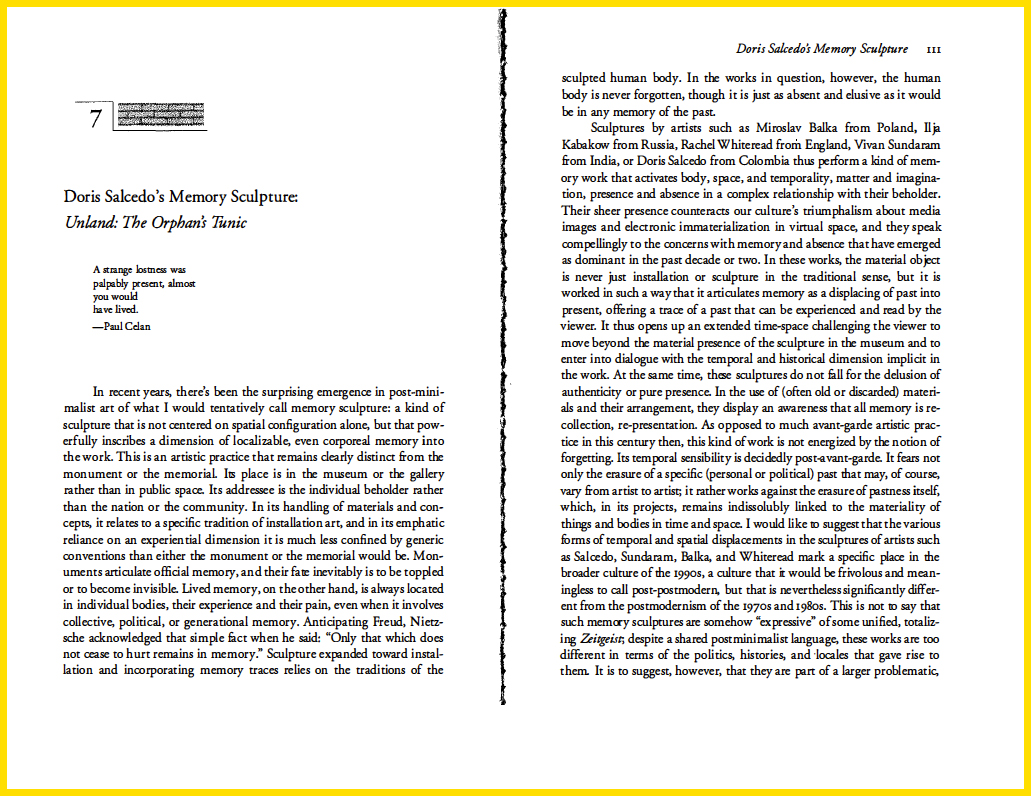


PARTICIPANTS & ENGAGING WITH ERASURE AND MEMORY
As users engage with the coffin-shaped interactive piece, the images gradually fade, mirroring the ephemeral nature of memory—where loss is monumentalized and forgotten moments resurface and vanish. The piece invites participation in an act of mourning, unknowingly connecting users to a broader history of memory and erasure.

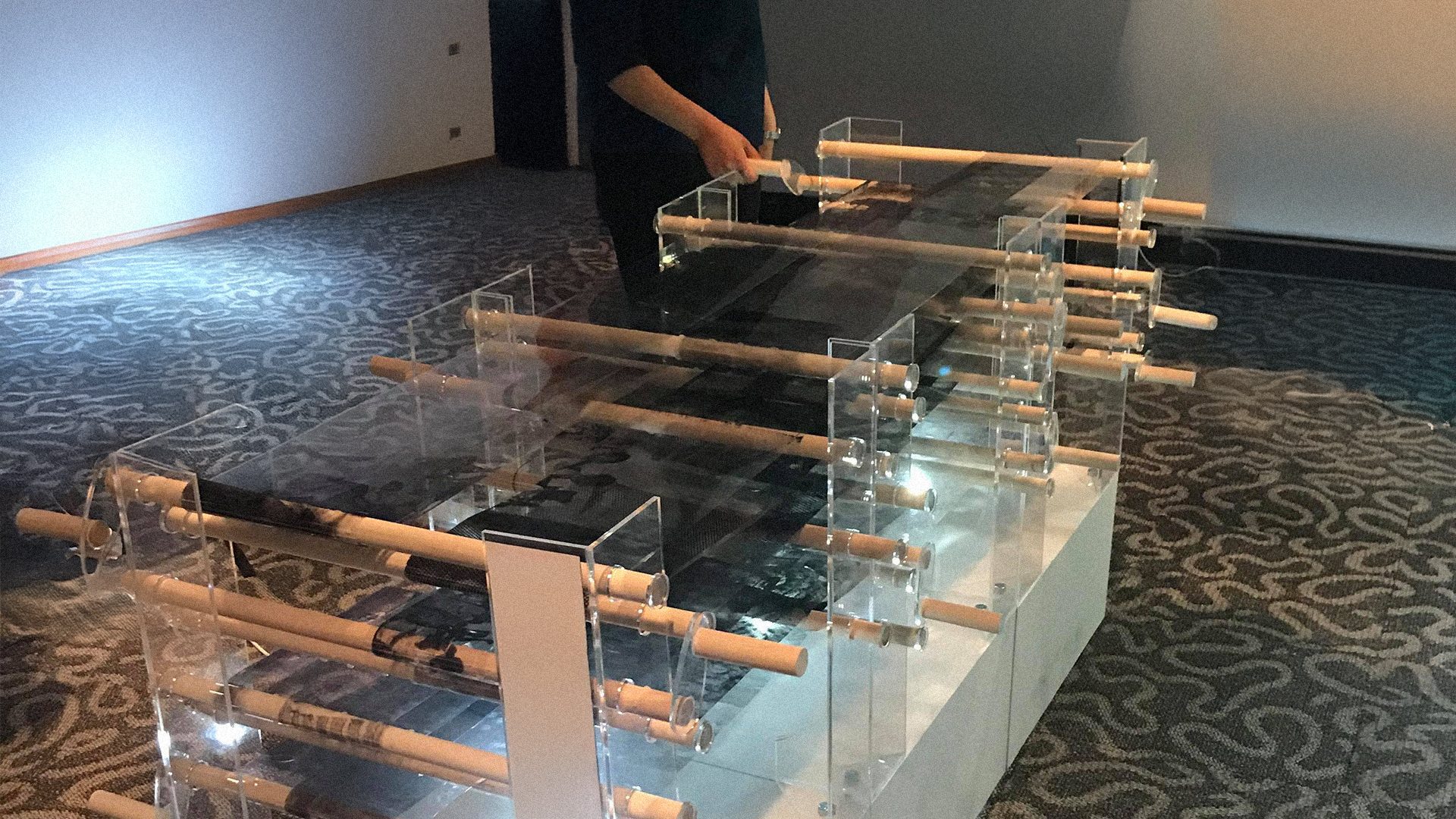

THESIS PUBLICATION:

For accompanying publication to In the Absence of Memory - The Brain Machine, click here.
